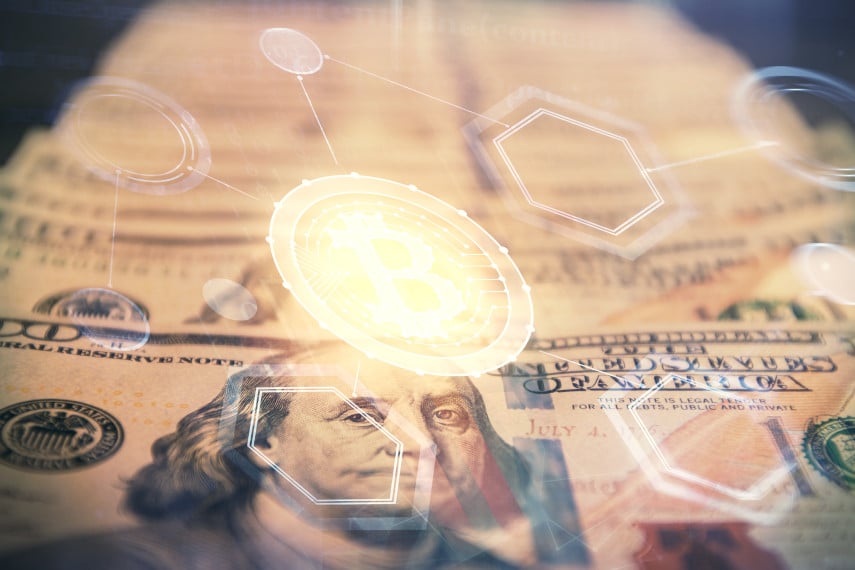
Over the past 10-15 years, cryptocurrencies have gone from curiosities used mostly by technophiles to established financial assets whose futures are traded on some of the world’s largest commodities exchanges. Crypto is big business now, and has fully entered the financial mainstream.
Cryptocurrencies have gained so much adoption that central banks now realize that crypto could break central bankers’ currency monopoly. And that’s why central banks around the world are now attempting to create their own digital currencies.
China has arguably taken the lead when it comes to the development of central bank digital currencies (CBDC) with the creation and adoption of the digital yuan. The new CBDC has been in a testing phase for years already, and its creation made other central banks sit up and take notice.
The Federal Reserve is among the central banks now discussing the idea of introducing its own CBDC, after years of denying that it would ever attempt to do so. Like other central banks, it can’t risk being overshadowed by China and ceding the 21st century monetary world order to China.
If the Fed were to go ahead and adopt a CBDC, the obvious question most people would have is “how will this affect me?” From point of sale transactions to retirement savings, a digital dollar could have a major impact on the US financial system.
CBDCs are being conceived as a replacement for cash, which would impact daily life for millions of Americans. And CBDCs could even impact precious metals prices.
Key Takeaways
- Many central banks are starting to research or develop CBDCs
- CBDC adoption is still low, but that could change
- If CBDCs replace cash, people could search for alternatives such as gold and silver
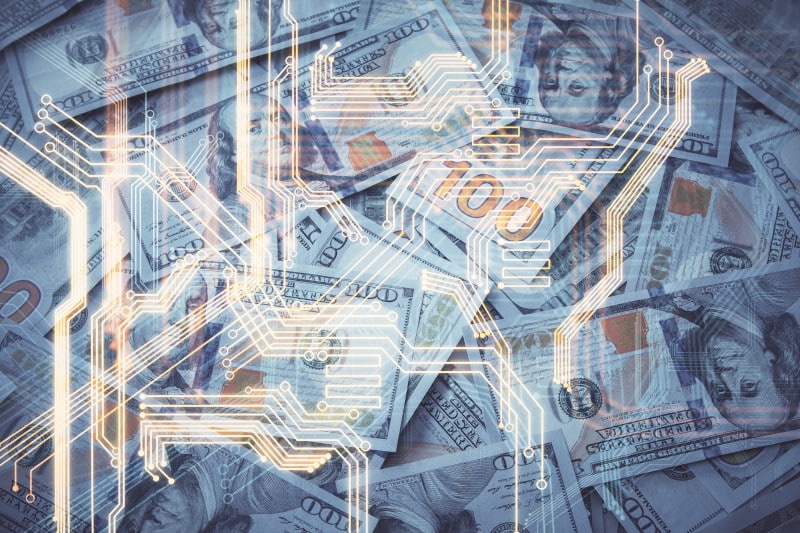
The Dollar Is Already Digital
One thing to keep in mind is that in many respects the US dollar is already digital. While cash purchases at point of sale still make up a significant portion of financial transactions, most financial activity today is already done digitally.
Just imagine the average urban or suburban American who pays for everything by credit card, especially online. You swipe your credit card at the grocery store, or enter your card details online at Amazon.
At the end of the month, you have to pay your credit card bill. Odds are that you do that by logging into your account online and setting up a transfer, sending funds from a bank account to your credit card account.
All that is done digitally. Your bank accounts, retirement accounts, and brokerage accounts are all digital.
Since that’s the case, you may wonder what the big deal about a digital dollar is. How would it change the way things work already?
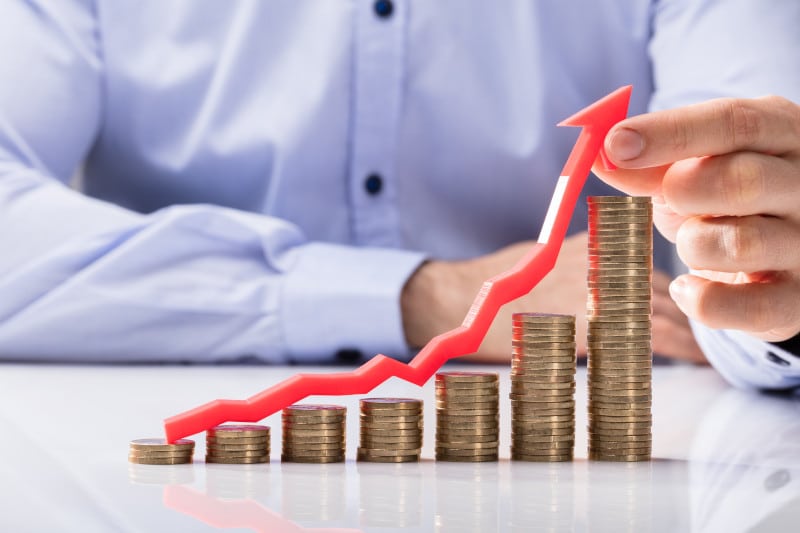
Potential for Faster Price Inflation
One of the reasons the Fed had been hesitant to work on a CBDC is that a CBDC could theoretically obviate the need for commercial banks. Currently, physical cash is ordered by banks, the Fed tells the Bureau of Engraving and Printing how many Federal Reserve Notes to print, and the Fed delivers the notes to banks to fulfill their orders.
For its conduct of monetary policy, such as open market operations or quantitative easing, the Fed creates digital dollars out of thin air and uses them to purchase assets on the open market from financial institutions. It’s then up to those financial institutions to decide what to do with those dollars, whether to loan them out or to keep them on hand as reserves.
With a digital dollar, the Fed could create its own digital dollars and issue them directly to financial institutions or even to individuals. Fed Chairman Jay Powell could wake up tomorrow morning, decide that each American deserved an extra $1,000, and at the press of a button could deposit $1,000 into every American’s bank account.
The Fed could even set up bank accounts for every taxpayer, eliminating the need for commercial bank accounts.
That’s the theory anyway, and it’s something that some left-wing economists have been pushing for. They don’t want quantitative easing going through the banking system because banks benefit from the new money first.
These economists want quantitative easing going to individuals first to boost consumption, something that’s colloquially known as “helicopter money,” because it’s like sprinkling money from a helicopter onto the streets for people to scoop up and spend.
With a digital dollar operating like that, there is a potential for quicker price inflation, particularly with staple goods like gas and food. We got a foretaste of that with the stimulus payments in 2020 and 2021, as food prices jumped quickly and never returned to normal.
The impact of that fiscal stimulus resulted in the highest inflation in over 40 years, reducing the purchasing power of our dollars and devastating the standard of living of millions of Americans.
Whereas injections of money through the banking system tend to inflate asset prices first before consumer goods prices, injections directly to individuals via a digital dollar could end up pushing up consumer prices before asset prices.
All of that money would end up in the banking system eventually, but it would change the entire conduct of monetary policy. Rather than taking months for monetary inflation to result in higher prices, the price increases could be nearly instantaneous, depending on how much money the Fed decides to create and hand out.
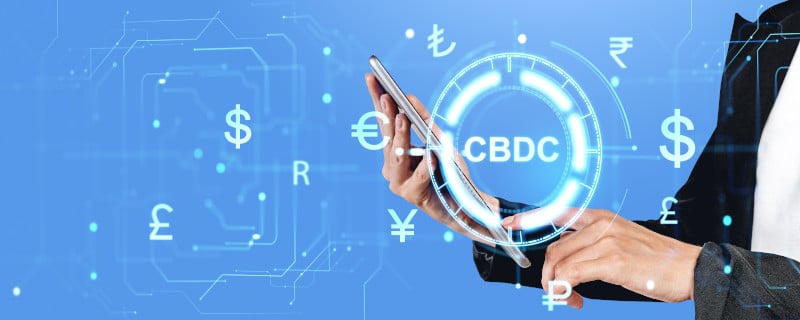
How Likely Is a Digital Dollar?
China’s track record with the digital yuan hasn’t been great. As of today, the digital yuan only makes up about 0.16% of Chinese monetary transactions.
But any new money is going to take a while to get adopted. Even Bitcoin took nearly a decade before Bitcoin futures became publicly traded.
And the first spot Bitcoin ETFs only started this year. So adoption of any CBDC could be slow.
But public reluctance to use CBDCs can be overcome by force. The history of money is littered with examples of governments forcing alternative currencies out of business in favor of their own currencies.
State banknotes were punitively taxed during the Civil War to encourage adoption of national banknotes. National banknotes were taxed after the creation of the Federal Reserve system to encourage the use of Federal Reserve notes.
Even though CBDCs don’t seem to be popular with ordinary people, if the government wants them adopted, it could make it difficult or expensive to use cash or non-CBDC payment methods. Whether it’s a carrot or a stick, when governments want to get their way, they often succeed.
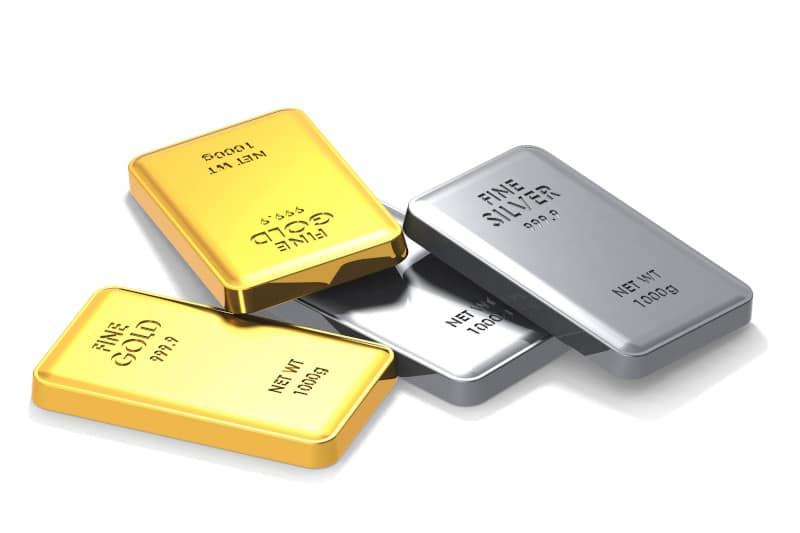
Gold and Silver Could Benefit
One thing is nearly certain when it comes to a digital dollar – it won’t mean a return to sane monetary policy. The ability to create money out of thin air is a power that can go to the heads of central bankers.
With a digital dollar potentially making it far easier to get money directly into the hands of Americans, expect the Fed to take full advantage of that power.
As more money enters the economy, prices rise and the purchasing power of each dollar decreases. And that includes the prices of gold and silver.
As the dollar continues to weaken, gold and silver get stronger. Since President Nixon closed the gold window in 1971, the US dollar has lost 87% of its purchasing power, while the gold price has risen by over 7,500%.
Gold and silver have always been trusted to maintain their purchasing power over time, but they are particularly impressive during times of monetary weakness.
During the stagnation of the 1970s for instance, gold and silver prices averaged over 30% annualized gains, while in the aftermath of the 2008 crisis gold nearly tripled and silver more than quintupled.
That’s pretty impressive performance, and it could happen again if the Fed decides to embark on ultra-loose monetary policy with a digital dollar.
If you own gold or silver, keep an eye on what the Fed is doing with regard to a digital dollar. It could result in your precious metal assets gaining significantly in the future.
And if you don’t already own gold or silver, maybe now is the time to start thinking about it. With a gold IRA or silver IRA, you can own physical gold and silver coins or bars while still maintaining the same tax benefits as a conventional IRA.
You can even fund a gold IRA or silver IRA with a tax-free rollover from an existing IRA, TSP, 401(k), or similar retirement account. And when it comes time to take a distribution, you can request distribution either in cash or in physical gold or silver.
If you’re worried about rising inflation and the potential for a digital dollar to unleash massive price increases throughout the economy, you might want to consider securing your assets with gold and silver. Talk to the experts at Goldco to learn more about how gold and silver can help defend your hard-earned wealth.
This article was originally published in June 2021 and was updated in September 2024.
